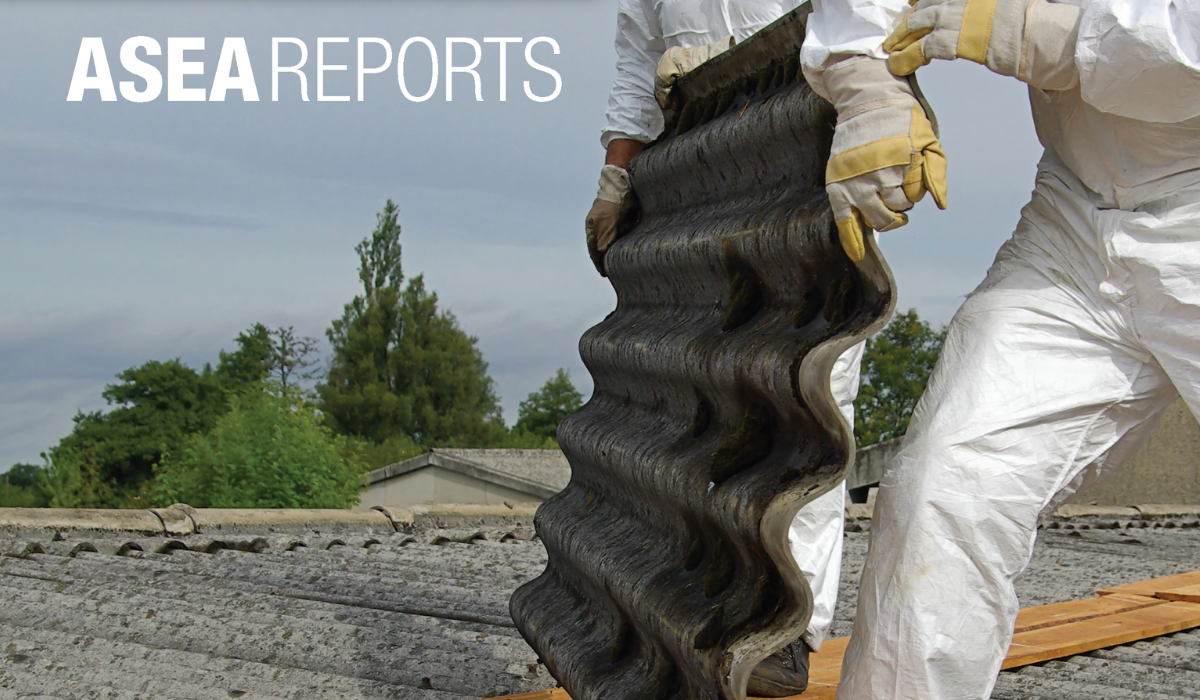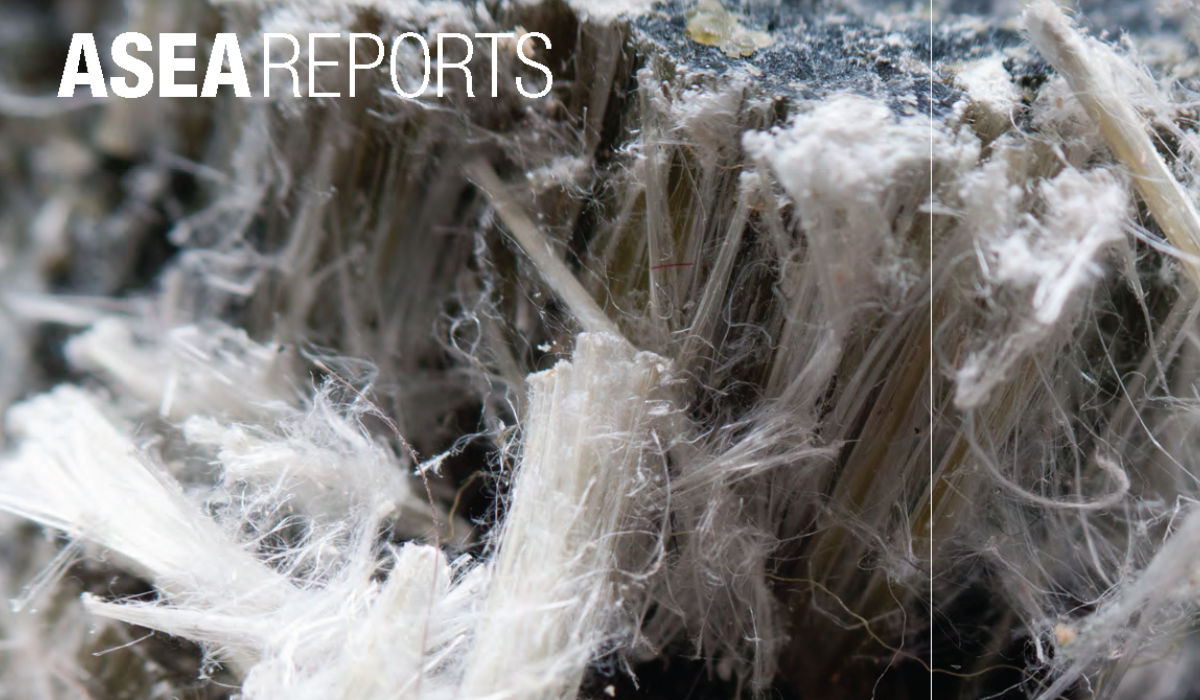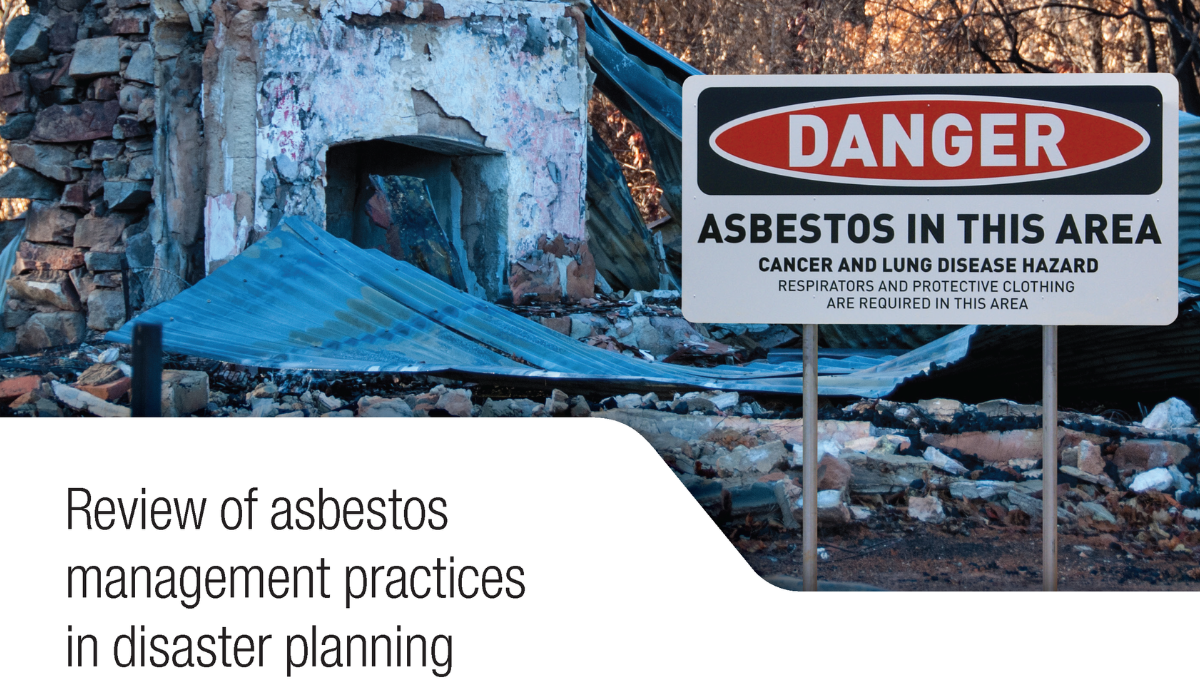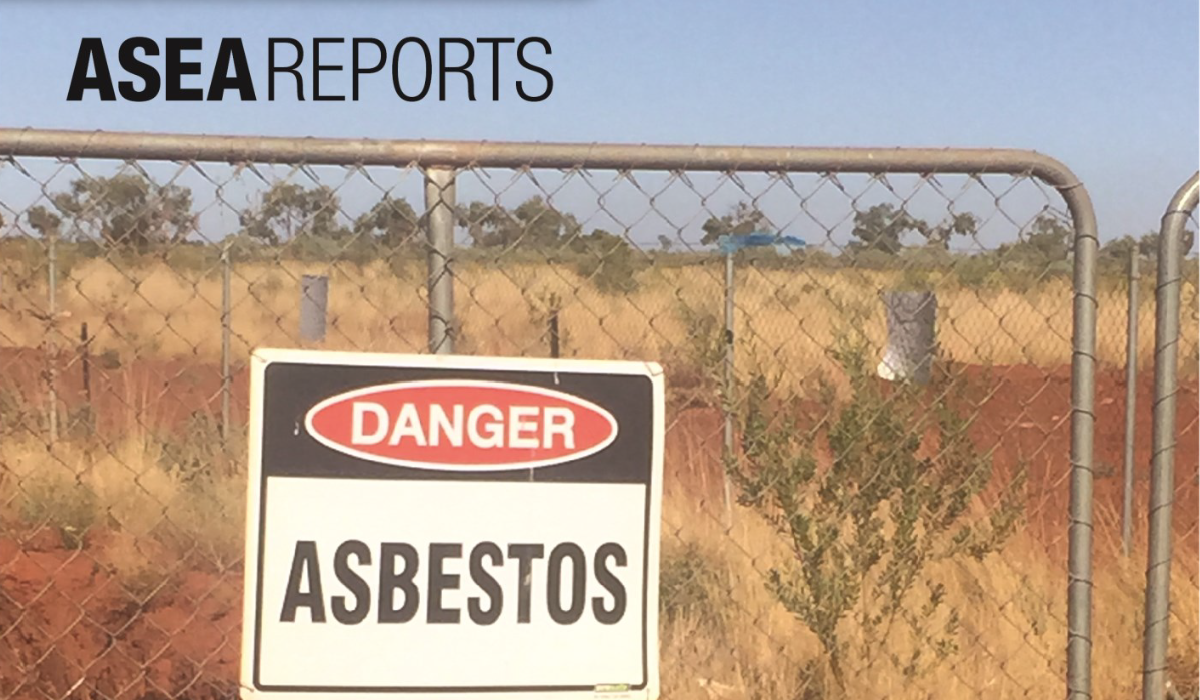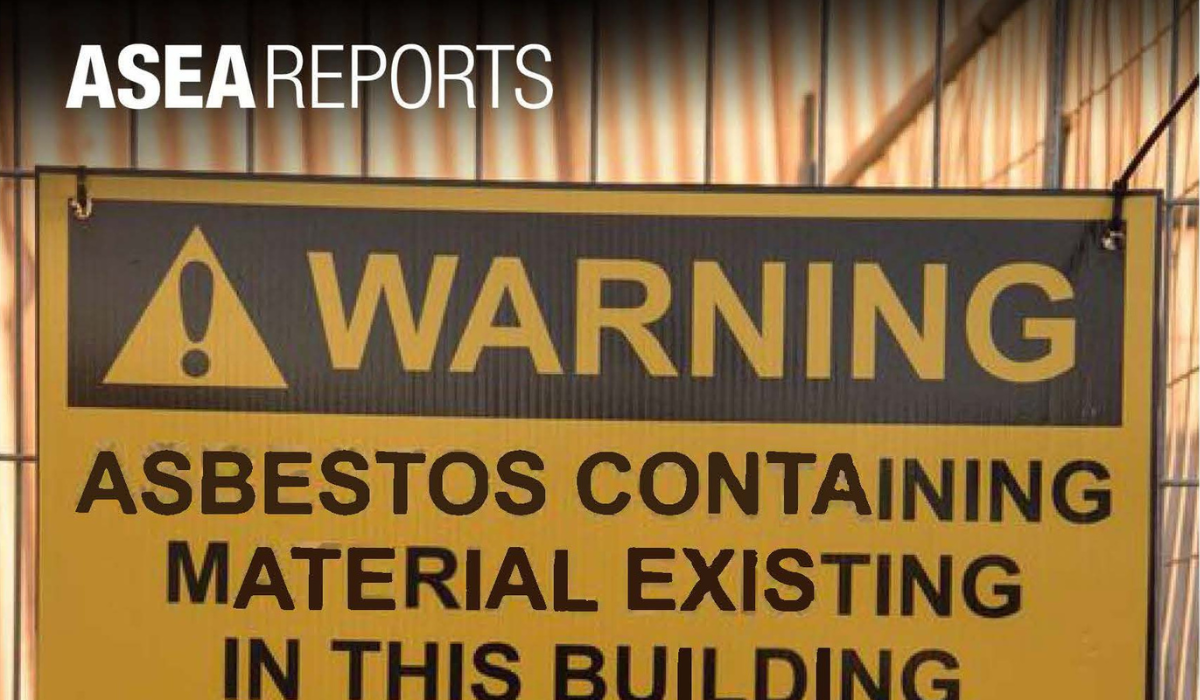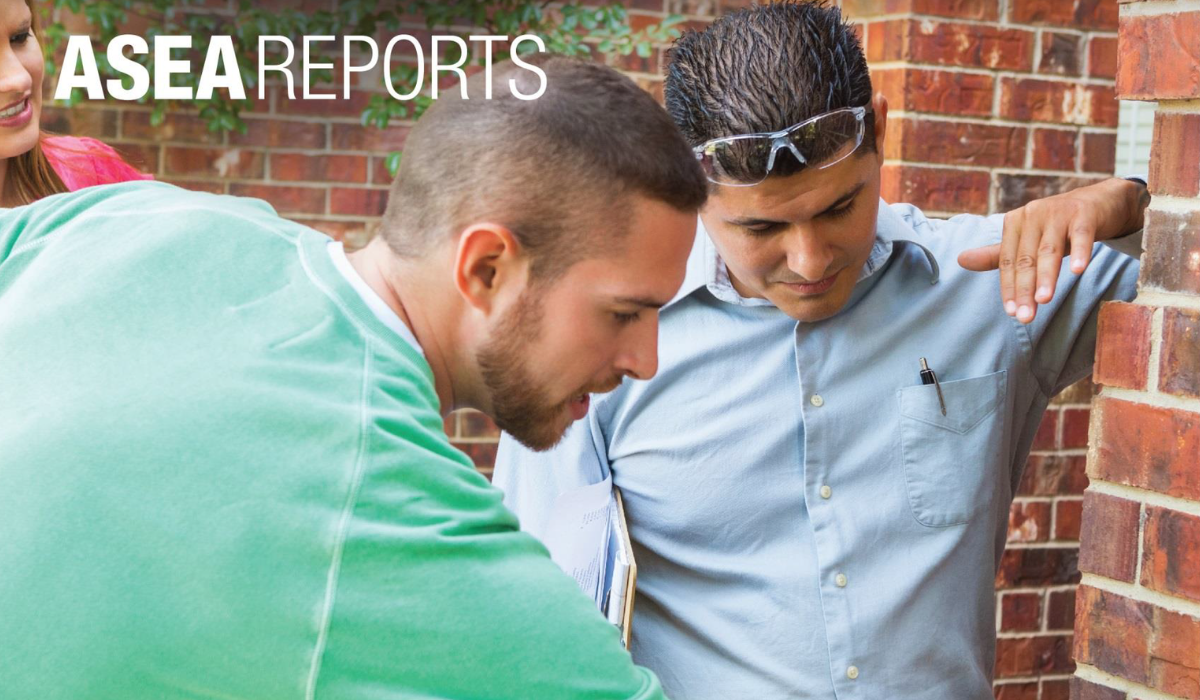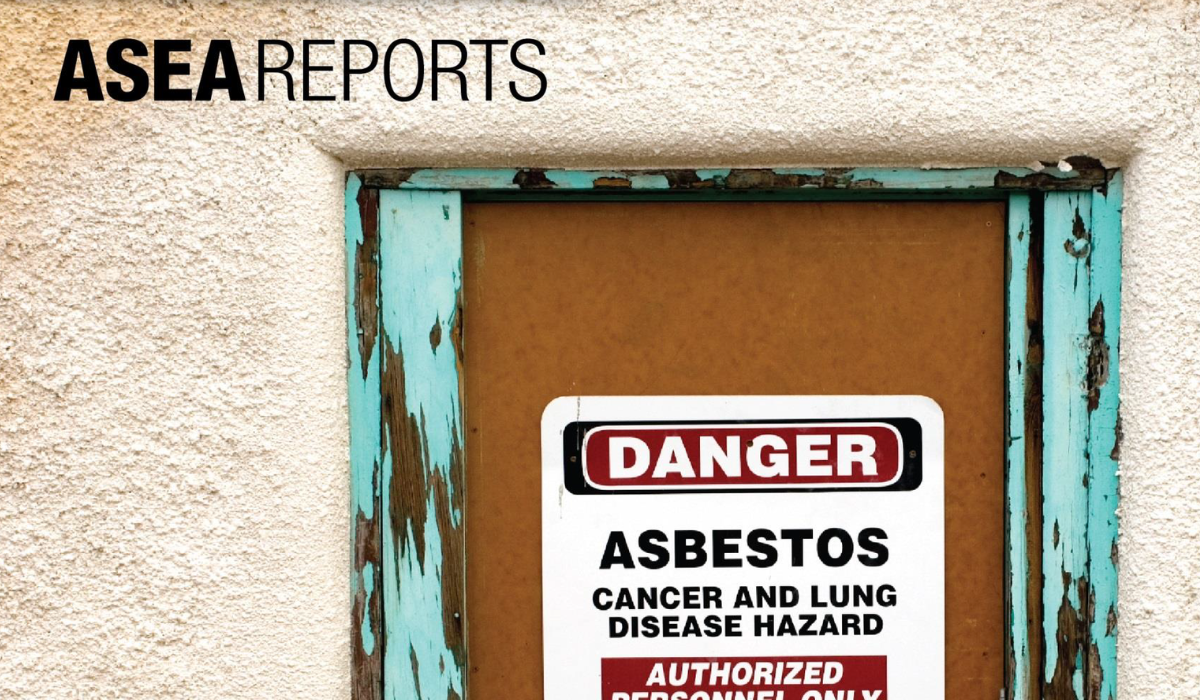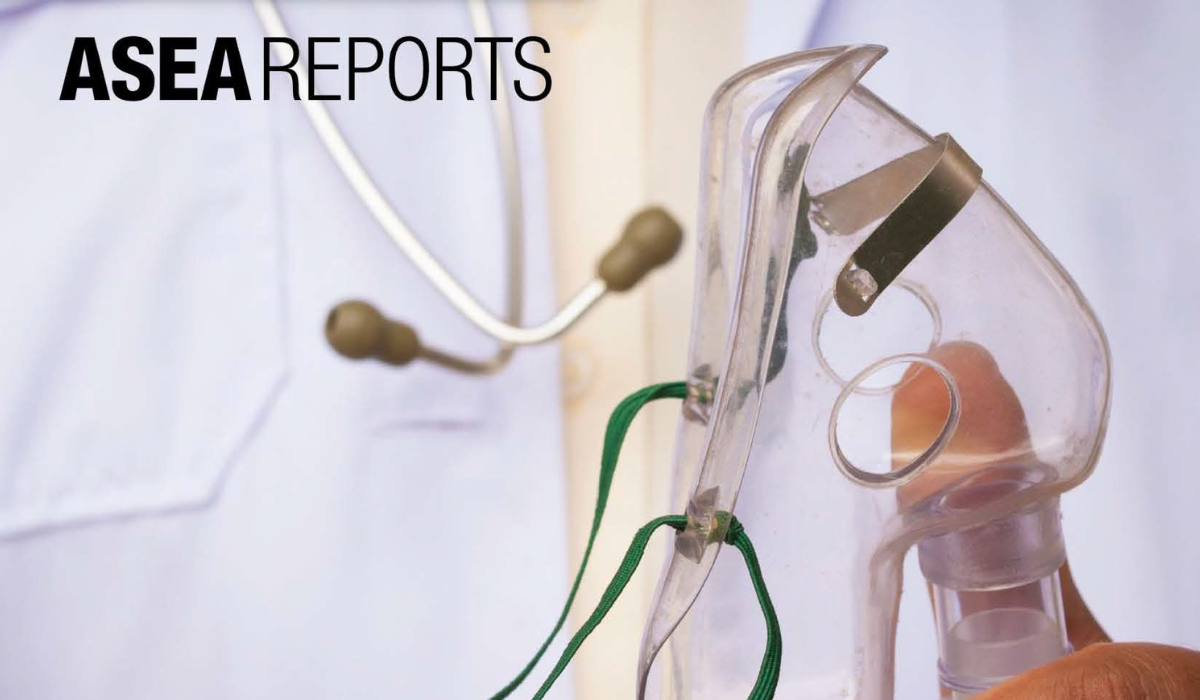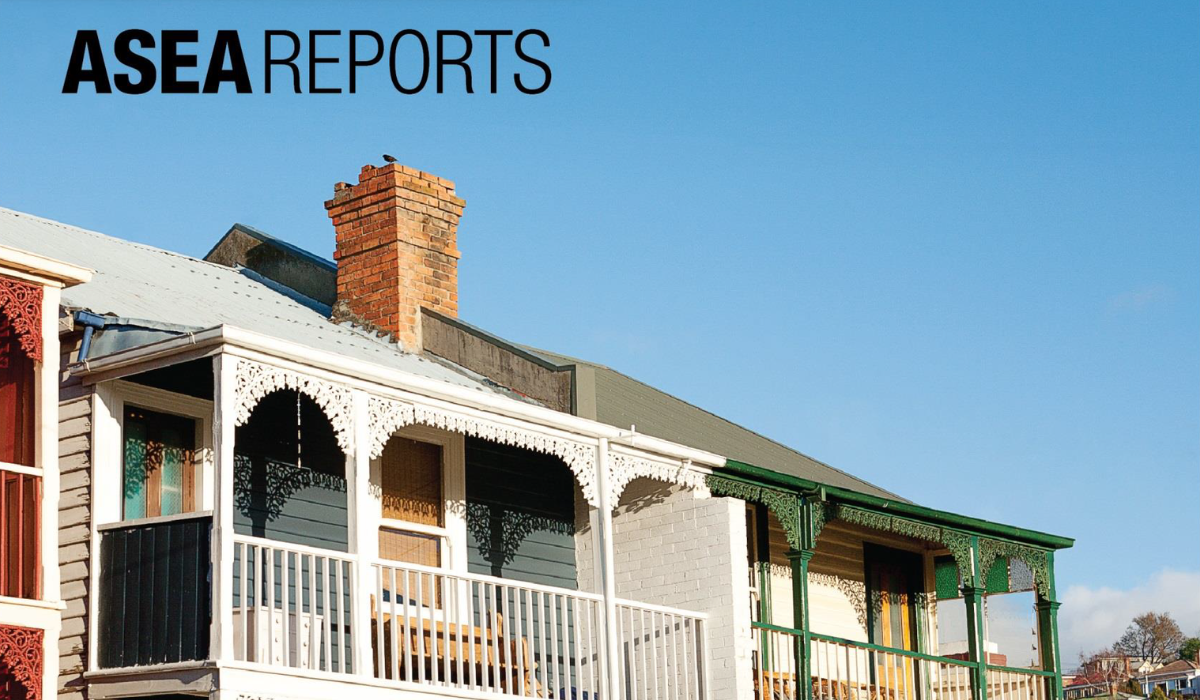Research conducted during phase one of the ANSP was exploratory, but targeted, in nature. It focused on themes considered important to better understand how to deal with Australia’s asbestos legacy. Collectively, it provided the solid evidence base needed to inform decisions and priority setting.
National surveys of awareness and attitudes to asbestos 2014–2018
To track shifts in community awareness about the risks of asbestos during the phase one ANSP, research was conducted every two years from 2014 to 2018. It measured responses from the general public, tradespeople, DIY home renovators, and real estate agents.
Head Start to Safety - Asbestos Awareness Training, High School Students and the Building Industry
Research was conducted to assess the effectiveness of asbestos awareness training (AAT) provided by The Asbestos Diseases Society of South Australia (ADSSA) to South Australian high school students considering employment in the building and construction industry.
The aims of the research were to investigate whether AAT provided to year 10 and 11 high school students:
- Increased awareness of asbestos and asbestos-containing materials (ACM)
- Assisted students to identify probable ACM
- Enhanced their understanding of the health risks associated with asbestos exposure, and
- Improved their knowledge of health and safety measures to prevent exposure to asbestos in the workplace.
Findings from the research also identified:
- Strengths and limitations of the current AAT program
- Directions for further research
- Implications for AAT in other Australian states and territories
Barriers, motivations and options for increasing asbestos removal in the residential and commercial sectors
Initial research to understand the barriers and motivations for increasing asbestos removal in the residential and commercial sectors was undertaken in 2018.
The research, by Ipsos Social Research Institute, also explored potential options for increasing and encouraging the removal of asbestos within these sectors.
The economic burden of asbestos-related disease
The medical and economic opportunity costs associated with asbestos-related disease were assessed in 2018.
The report, by the Centre for International Economics, looked at the direct health care costs, as well as the cost of productivity and other losses resulting from time out of the workforce due to an asbestos-related disease in one year (2015).
It was estimated that hospital and primary care costs were $192 million per year, and indirect costs arising from time out of the workforce were $321 million per year.
A review of asbestos stabilisation and containment practices, 7 March 2018
While considerable efforts have been made to remove asbestos-containing materials (ACMs), it is not currently feasible to completely remove all asbestos from the built environment.
The effects of age and weathering on exposed asbestos materials can cause degradation and leave it in a potentially friable state. Stabilisation processes such as encapsulation present a potential means to effectively manage ACMs in-situ pending longer-term removal.
There are also benefits to using these products in the asbestos removal process to minimise or prevent the release of airborne fibres.
The aim of this study was to identify the current products and practices in use for containing and stabilising asbestos either to assist in the removal of ACM, or to maintain the ACM in-situ.
National Asbestos Profile for Australia, 11 December 2017
The first ever National Asbestos Profile (NAP) for Australia was released in 2017.
The NAP for Australia follows the template developed by the World Health Organization and International Labour Organization.
The development of this NAP supports Australia’s position as an international leader in the management of its legacy asbestos issues. It provides a useful tool for other countries to learn more about the impact asbestos has had on Australia for past, current and future generations.
The NAP combines information on regulations, importation and consumption, risks, exposed workers, burden of disease, incidence of lung cancers and mesothelioma, economic losses, and major epidemiological studies.
Review of asbestos management practices in disaster planning, December 2017
Asbestos management in natural disasters and emergencies often occurs in a volatile, fast moving context involving multiple layers of government, industry and community across different sectors and jurisdictions.
The agency commissioned Newgate Research to undertake a preliminary review of current disaster planning issues, protocols and practices in relation to asbestos.
The review set out to explore the risk of exposure to asbestos following emergencies and natural disasters; disaster planning practices with regard to best-practice emergency management to ensure asbestos exposures do not occur in times of natural disasters.
The result of this review is the development of outputs including more in-depth policy frameworks, operational benchmarks, training materials and communications tools.
Understanding asbestos support and services in Australia, March 2017
The agency commissioned Swinburne University to undertake an evidence-based literature review on the provision of asbestos support services in Australia. The work sought to map support and services for people with asbestos-related diseases. It focussed on two main outcomes:
- How asbestos support and services are delivered in each state including the differences and the needs not being met
- What practical and innovative sources and approaches are being taken in providing support to people with asbestos-related disease in Australia.
The report included a review of relevant academic literature and online resources available to the public, while highlighting the significant role that support groups play in providing asbestos support services under difficult circumstances. The report also points to areas of potential need and makes some recommendations on future opportunities to meet those needs.
Remote Australian communities: the asbestos legacy (NT, SA, Qld, NSW, WA)November 2016
A report into asbestos in remote Australia has set out ways that communities and government can work together to manage the identification and removal of harmful legacy asbestos in remote areas, to eliminate the ongoing exposure risks. The study looked at asbestos management practices and current issues faced in remote areas in Northern Territory, South Australia, Queensland, NSW and Western Australia, noting there are unique challenges with asbestos in remote Australian communities.
A strategic review of the practice and use of asbestos registers in Australia, 1 September 2016
To help the agency better understand how organisations were responding to the legislative requirements of asbestos registers at the time, a strategic review was undertaken in 2016. The attitudes of organisations to the maintenance of registers, how they use asbestos registers and what their drivers are for responding in the way they do were examined. It appeared that while some organisations are simply meeting the minimum standard to fulfil the regulatory requirements, others are going beyond the minimum standard.
Asbestos: International and Australian contexts, 1 June 2016
Asbestos and asbestos-related diseases (ARDs) have been a global concern for decades. Despite this, rates of asbestos use are rising in developing countries where it meets immediate demands for housing, building materials, and employment. As a result, the World Health Organisation (WHO) and the International Labour Association (ILO) are attempting to help countries establish national programmes for elimination of asbestos-related diseases.
The literature presented in the full report delivered to the agency argues for greater public awareness as well as increased community involvement to help prevent future incidences of asbestos-related diseases. The agency has provided the executive summary of the report above.
Asbestos waste in Australia Final report, 22 September 2015
The Asbestos Waste in Australia report was commissioned by the agency and published in 2016 to help improve understanding of asbestos waste and the future demands for safe disposal of ACMs.
In this study, it was estimated that the volume of asbestos waste needing to be disposed is likely to grow by about 2.8 per cent a year for the next 20 years prompting the need for action by all levels of government.
Future projections of the burden of mesothelioma in Australia, 31 March 2016
In 2016, it was projected that there would be approximately 19,400 new cases of mesothelioma in Australia before the end of the century. It was also found that non occupational exposure to asbestos would overtake exposure from mining, manufacturing and use of asbestos cement.
The concept of third wave exposure was formed, articulating the risk of exposure from non-occupational sources or even background, where the source of exposure may not be known.
Measurement of asbestos fibre release during removal works in a variety of DIY scenarios, March 2016
This study highlighted the potential risks of do-it-yourself (DIY) work involving asbestos. Asbestos cement sheeting is commonly encountered in DIY renovation and maintenance in Australian homes, and its disturbance or removal has the potential for fibre release which may lead to an asbestos-related disease.
The scope of this study was to quantify the asbestos fibre release and potential exposure during DIY home renovation scenarios involving the disturbance or removal of AC sheeting.
Attitudes to residential asbestos assessments, February 2016
The agency commissioned this report in order to better understand current availability and use of asbestos assessments in the residential sector. Asbestos assessments resulting in the compilation of an asbestos register are required in workplaces in Australia, however there is very little awareness in the community that they are also an effective way of protecting people from the risks of asbestos in their home.
The purpose of this report was to identify the current barriers to the use of asbestos assessments in the home and ways to better inform the market of the assessment services available and the benefits they can provide.


